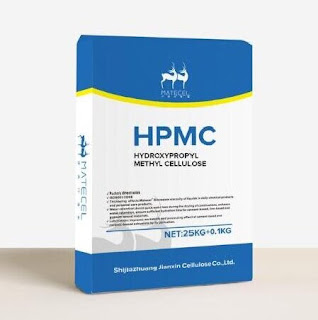Understanding Hydroxypropyl Methylcellulose: Applications and Safety Considerations
Hydroxypropyl methylcellulose (HPMC) stands as a versatile compound, finding its way into a myriad of industries due to its unique properties and applications. From pharmaceuticals to food products, cosmetics, and even construction materials, HPMC plays a crucial role in enhancing product quality and performance. Let's delve deeper into what HPMC is, its applications, and its safety considerations.
What is Hydroxypropyl Methylcellulose?
At its core, HPMC is a semisynthetic polymer derived from cellulose, a natural polymer abundantly found in plant cell walls. Through chemical modification, cellulose undergoes a transformation process to become HPMC, imparting a range of desirable characteristics such as stability, solubility, and film-forming abilities.
Applications of Hydroxypropyl Methylcellulose:
Pharmaceutical Industry: HPMC serves as a vital component in pharmaceutical formulations. Its properties as a thickening agent, binder, and sustained-release agent make it indispensable in tablet and capsule production. Moreover, its biocompatibility and inertness make it suitable for various drug delivery systems.
Food Industry: In food products, HPMC acts as a thickener, stabilizer, and emulsifier. It enhances texture and viscosity in sauces, dressings, and dairy products. Additionally, HPMC is widely used in gluten-free baking as a substitute for gluten, providing structure and moisture retention.
Cosmetics and Personal Care Products: HPMC finds extensive use in cosmetics and personal care items like lotions, creams, and shampoos. It improves product consistency, enhances spreadability, and aids in the formation of stable emulsions, contributing to better performance and user experience.
Construction Materials: Within the construction industry, HPMC is employed in cement-based products such as tile adhesives, grouts, and mortars. It enhances workability, water retention, and adhesive properties, resulting in superior bonding and durability of construction materials.
Safety Considerations:
While HPMC is generally regarded as safe for human consumption and application, several considerations merit attention:
Allergies and Sensitivities: Some individuals may exhibit allergic reactions or sensitivities to HPMC. It's essential for consumers to be mindful of potential adverse reactions and consult healthcare professionals if concerns arise.
Regulatory Compliance: Regulatory bodies like the FDA in the United States and similar agencies worldwide set guidelines for the safe use of HPMC in various industries. Compliance with these regulations ensures that HPMC-containing products meet stringent safety standards.If you want to buy HPMC, the right price is available here!
Proper Usage: As with any ingredient, proper usage of HPMC is paramount to ensure safety and efficacy. Manufacturers must adhere to recommended dosage levels and formulation practices to mitigate potential risks.
Conclusion:
Hydroxypropyl methylcellulose (HPMC) exemplifies the intersection of science, innovation, and industry. Its multifaceted applications across pharmaceuticals, food, cosmetics, and construction underscore its significance in modern manufacturing processes. As consumers, understanding the role of HPMC and its safety considerations empowers us to make informed choices and embrace products that meet our needs while upholding stringent safety standards. With its diverse applications and continued research, HPMC continues to shape and enrich various aspects of our daily lives.

评论
发表评论